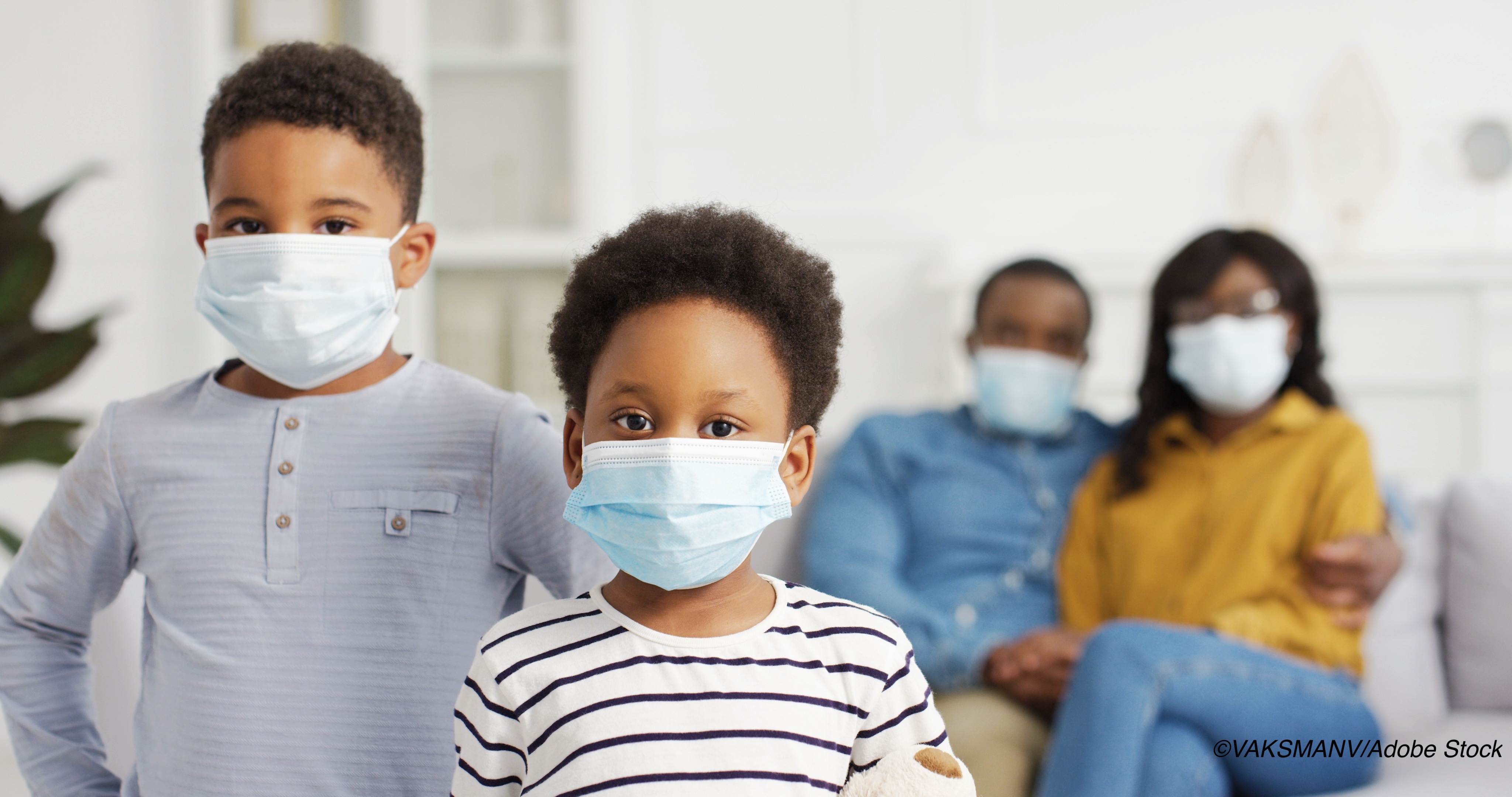SARS-CoV-2 seroprevalence during lockdown among children age 10 and younger in southwest Germany was 3-fold lower than observered in a paired parent, adding to the evidence that children do not play a key role in spreading Covid-19.
Between April 22 and May 15, 2020, when schools and daycare centers were closed due to the pandemic, the estimated seroprevalence was 1.8% (95% CI, 1.2-2.4%) among parents and 0.6% (95% CI, 0.3-1.0%) among children included in the study.
The cross-sectional analysis involving 2,482 child and parent pairs, published online Jan. 22 in JAMA Pediatrics, is among the largest seroprevalence studies reported to date involving children.
In accompanying commentary, pediatric infectious disease specialist Sean T. O’Leary, MD, of Children’s Hospital Colorado, Aurora, wrote that the finding that children “are both less likely to acquire SARS-CoV-2 infection and less likely to transmit it to others” has immediate and unequivocal implications during the pandemic.
“The question we should be asking now is not do or do not children spread SARS-CoV-2; rather, we ought to be asking what we should do with the knowledge we have accumulated since the pandemic began regarding acquisition and transmission of SARS-CoV-2 in children,” O’Leary wrote.
“With this large seroprevalence study demonstrating yet again what we have suspected for several months, the answer to that question could not be clearer; we must prioritize the reopening of childcare facilities and elementary schools to full-time, in-person learning without exception.”
Among the goals of researcher Burkhard Tonshoff, MD, of University Children’s Hospital, Heidelberg, Germany, and colleague, was to better understand the contribution of school and daycare closures on Covid-19 transmission.
The cross-sectional multicenter study enrolled a total of 4,964 participants including 2,482 children (median age, 6 years) and a corresponding parent (median age, 40; range 32-66) residing in the federal state of Baden-Wurttemberg in southwest Germany, which had the second-highest case number of Covid-19 in the country at the initiation of the study (337 cases per 100,000 population).
Study objectives included determining the rate of SARS-CoV-2 infections and the seroprevalence of SARS-CoV-2 antibodies in the child-parent pairs, determining if age-dependent subgroups exist for child seroprevalence and exploring the impact of family size, emergency childcare attendance, or previous contact with Covid-19 positive people on SARS-CoV-2 transmission.
A total of 51% of the enrolled children were boys and roughly 25% of the enrolled parents were men.
Both child and adult participants were tested for SARS-CoV-2 RNA from nasopharyngeal swabs by reverse transcription PCR and SARS-CoV-2 specific IgG antibodies in serum enzyme-linked immunosorbent assays and immunofluorescence tests.
Discordant results were further submitted to electrochemiluminescence immunoassays, a second enzyme-linked immunosorbent assay, or an in-house Luminex-based assay.
Among the main study findings:
- The estimated SARS-CoV-2 seroprevalence was low in parents (1.8%, 95% CI, 1.2-2.4%) and 3-fold lower in children (0.6%, 95% CI, 0.3-1.0%).
- Among 56 families with at least 1 child or parent with seropositivity, the combination of a parent with seropositivity and a corresponding child with seronegativity was 4.3 (95% CI, 1.19-15.52) times higher than the combination of a parent who was seronegative and a corresponding child with seropositivity.
- The researchers observed virus-neutralizing activity for 66 of 70 IgG-positive serum samples (94.3%).
“In this cross-sectional study, the spread of undiagnosed SARS-CoV-2 infections during the initial phase of SARS-CoV-2 dissemination and the subsequent lockdown period in southwest Germany was low,” the researchers wrote. “Children aged 1 to 10 years appeared not to be particular drivers of the pandemic. Overall, this large SARS-CoV-2 prevalence study in children is instructive for how ad hoc mass testing provides the basis for rational political decision-making in a pandemic setting.”
In the commentary, O’Leary noted that while it has been known since the beginning of the Covid-19 pandemic that children make up a much smaller proportion of cases than adults, it has not been clear if this represents lower rates of testing in children, who are more likely to have mild symptoms or no symptoms at all, or if they are truly less likely to acquire and spread the disease.
“In what Tonshoff et al describe as the largest seroprevalence study among children to date, by examining parent-child dyads within the same household, this study suggests that children were both less likely to acquire infection when it was in the household and less likely to spread it in the household when they were infected.”
Study limitations included conduct during lockdown, when children may have been less likely to have been exposed than their parents.
O’Leary noted that the lack of increased prevalence in children who remained in childcare during the period “somewhat rebuts this limitation and is consistent with other studies showing relatively low transmission in childcare settings.”
O’Leary also cited as a limitation the use of seropositivity as a marker for prior infection rather than use of prospective PCR-based study “to fully ascertain all of the acute infections.”
-
SARS-CoV-2 seroprevalence during lockdown among children age 10 and younger was 3-fold lower than seen in a paired parent in a cross-sectional study from soutwest Germany.
-
Finding from one of the largest SARS-CoV-2 seroprevalence studies conducted to date in children add to the evidence that children do not play a key role in spreading Covid-19.
Salynn Boyles, Contributing Writer, BreakingMED™
Funding for this study was provided by the Ministry of Science, Research and Art Baden-Wurttemberg. Lead researcher Burkhard Tonshoff and others reported receiving grants from the Ministry of Science, Research and Art Baden-Wurttemberg during the conduct of the study. Editorial writer Sean O’Leary reported no disclosures.
Cat ID: 190
Topic ID: 79,190,730,933,190,926,138,192,927,151,928,925,934



